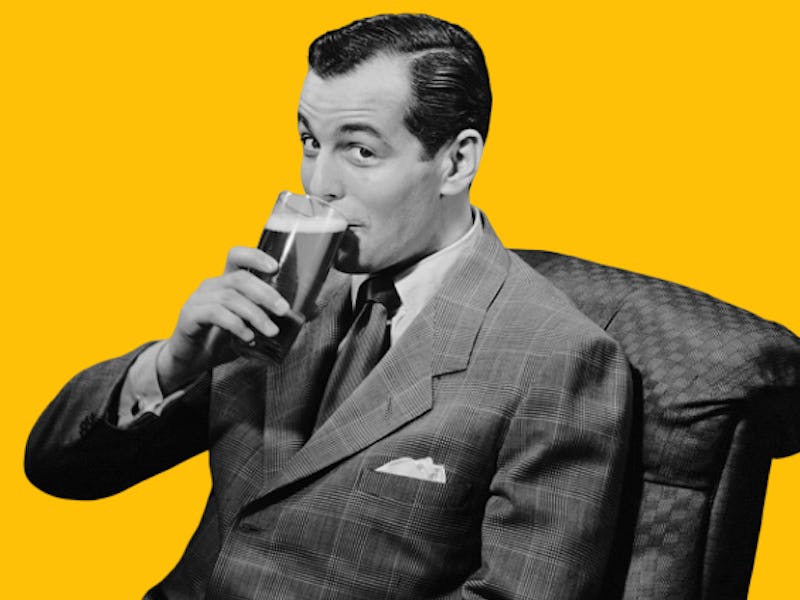How healthy are non-alcoholic drinks? 2 surprising stats
Alcohol-free beer and wine are certainly healthier options. But does that mean they’re good for you?

A few years ago, alcohol-free beers and wine were a rarity. And what was available was pretty execrable. Today, the market is booming and you can order a pint of alcohol-free IPA, with all its rich hoppiness, or a glass of “de-alcoholized” merlot that actually tastes like wine, not jumped-up grape juice.
In the UK, a drink can be classed as alcohol-free if it has less than 0.05 percent ABV (alcohol by volume). This is considerably less than alcohol-containing versions (beer has about four to five percent and wine around 13 percent). Given the negative effect, alcohol can have on your health, particularly over the long term, alcohol-free beer and wine are certainly healthier options. But does that mean they’re good for you?
Not everyone is aware that alcoholic drinks contain calories. A standard glass of wine, for instance, has nearly as many calories as a jam doughnut, and that’s just from the alcohol it contains. But how does a glass of alcoholic-free wine compare?
Free sugar
There are different sugars in the diet. One type we need to be careful of, and that we tend to have too much of, is free sugar. This term is used to describe the sugar that is added to food or drink, or the type that’s found in fruit juices, honey, and syrup.
UK guidelines suggest that adults should get less than five percent of their daily calories from free sugars, which works out to about six or seven teaspoons of sugar. That should be the most you get from all the food and drink that you have on an average day.
Your daily allowance of free sugar.
1. A pint of alcohol-free lager contains one and a half teaspoons of free sugars — a quarter of your recommended maximum in just one glass. If you polish off a bottle of alcohol-free chardonnay over lunch, you’ve had eight teaspoons. And in some cases, that may even be more than its alcohol-containing alternative.
2. With soft drinks, as with alcohol-free beers and wine, the sugar content varies from product to product. A glass of lemonade contains about two teaspoons of free sugar, while the same amount of cola is nearer five. If you want to avoid sugar completely, you might prefer water or sugar-free versions of soft drinks.
In the UK, Public Health England challenged the food and drink industry to reduce the sugar content of their products by 20 percent before 2020. And last year the government introduced a sugar tax. As a result, the average sugar content of these drinks has decreased by 28 percent as manufacturers look to reformulate their products to make them healthier. But some drinks, such as milkshakes, fruit juices, and smoothies, aren’t affected by the levy — and neither are alcohol-free drinks.
Perspective needed
Health cannot be quantified by any one aspect of nutrition. The sugar or calorie content of a drink you have doesn’t necessarily make it, or you, unhealthy. The bigger picture of your life is more important than a snapshot. And the role of a drink in your health depends on how much and how often you have it, as well as what else you’re eating or drinking.
This article was originally published on The Conversation by Ali Hill. Read the original article here.